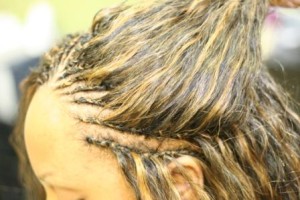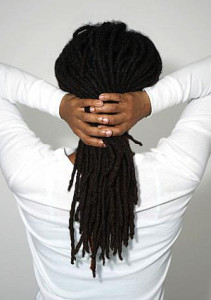A county jail in Texas recently made news when Gregg County Sheriff Maxey Cerliano commented publicly about the jail’s policy of “removing [inmates’] fake hair.” The jail requires “male and female inmates … to relinquish weaves, wigs and toupees” for reasons of “safety and security” and “the inmate’s personal hygiene.” And Sheriff Cerliano estimates that they confiscate hair “pretty regularly” as the jail houses 11,000 people every year.
Per standard policy, an arrested person must turn over all personal property before she is placed in general population housing. At Gregg County Jail, a person’s property includes “artificial hair integrations.” When she is released, the jail will return her hair along with all her other property.
According to Sheriff Cerliano, an arrested person may remove her hair voluntarily, but Texas law gives staff the right to remove her hair for her, and even “the authority to cut [her] hair if [they] have to.” The Texas Administrative Code on Jail Standards states, “whenever clearly justified for health or sanitary reasons, the sheriff/operator may require a haircut” of the person.
In justifying the policy, Sheriff Cerliano told reporters that weaves specifically can be used as a weapon for someone to cause harm to herself or others. He also warns that hair can be used for storage and concealment of contraband. As discussed in Dressing Constitutionally, courts have often found this rationale convincing, but have also found that accommodations can be made for religious reasons or that the concerns have less force depending on the person’s gender.
The National Association for the Advancement of Colored People (NAACP) has received several anonymous complaints about the removal of hair at Gregg County Jail. But Sheriff Cerliano says the policy is applied “without regard to race or gender” — it “applies to male, female, white, black, Hispanic and any other national origin. It’s not about race.” Regardless of that statement, one might still wonder who is asked if her hair is fake, thus triggering the policy, and who is not asked.
[image via]







